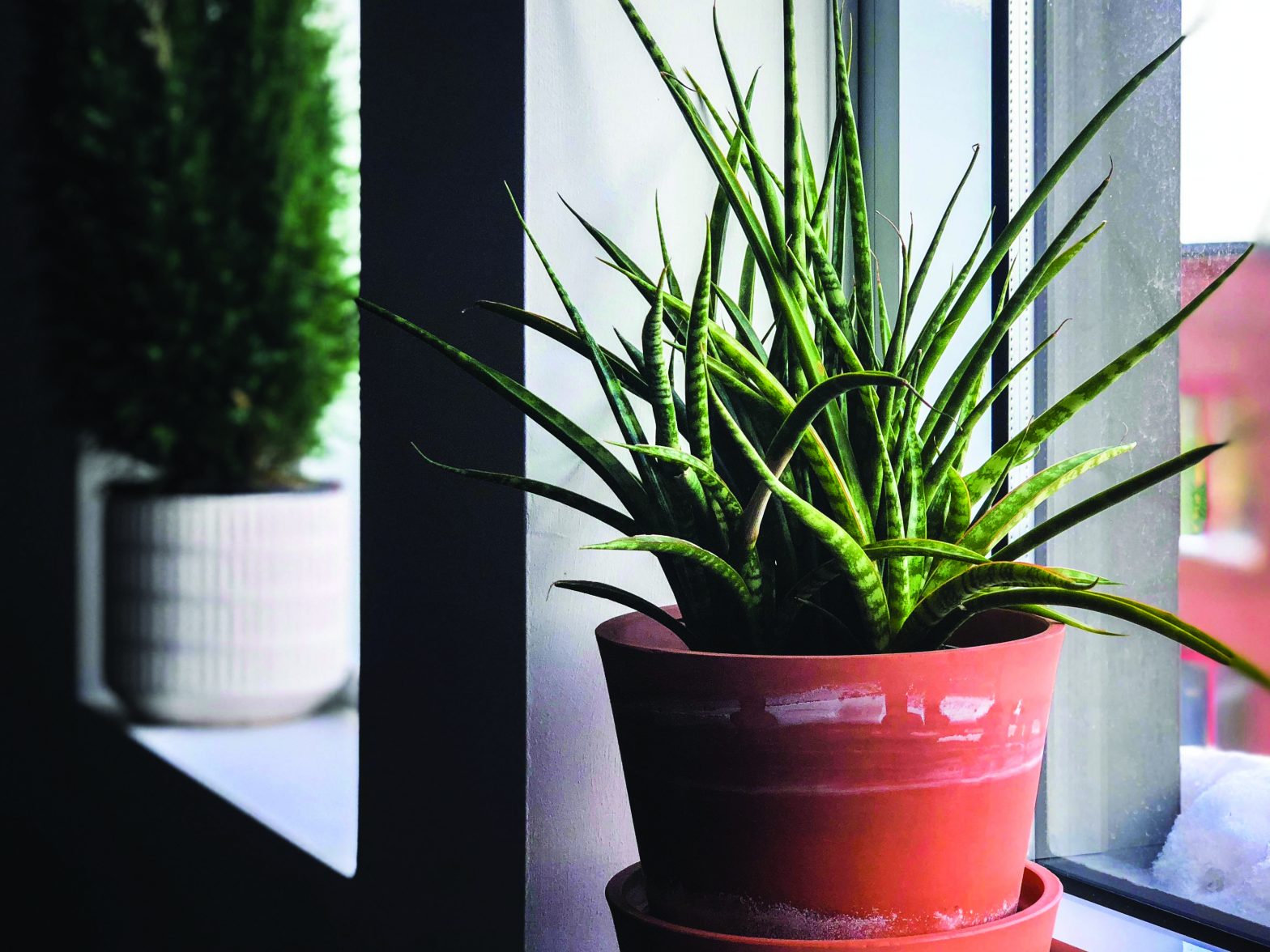
It’s sad but true: in Hong Kong, we’re often stifled by polluted, dirty air. Plants are little miracle workers when it comes to ridding our air of nasties, a quick life hack for anyone too thrifty to splurge on a flash new air purifier. But with so many plants and so little space, it can be overwhelming knowing where to start. Here’s a handy guide of the best plants for your Hong Kong home. By Cherry Kong
Read more: The Urban Farming Boom in Hong Kong
Best Plants For Low Light Areas
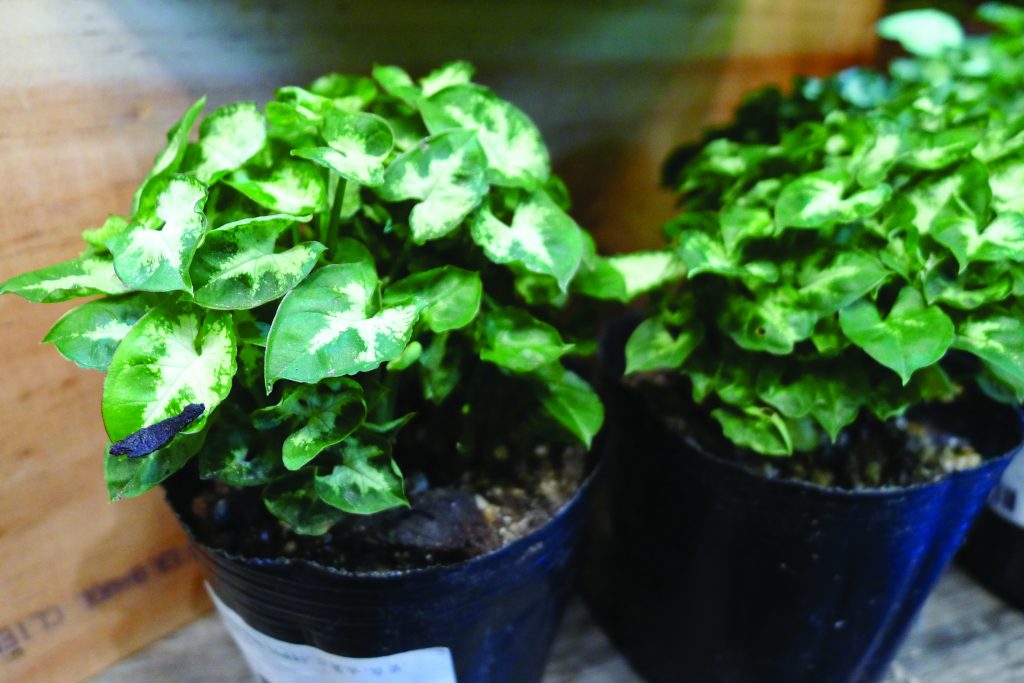
Arrowhead plant, or syngonium podophyllum, is a great choice for beginner gardeners as it’s relatively easy to maintain. Preferring humid conditions, this plant is great for bathrooms or other areas with low ventilation, and easily adapts to darker spaces.
Bird’s nest fern, or asplenium nidus, hails from the floor of dense tropical rain forest areas, making it accustomed to partial sunlight – or that shadowy corner of your home. It prefers high levels of humidity and hotter temperatures, so is perfectly suited for Hong Kong’s climate.
Best Plants For Rooftop or Balcony
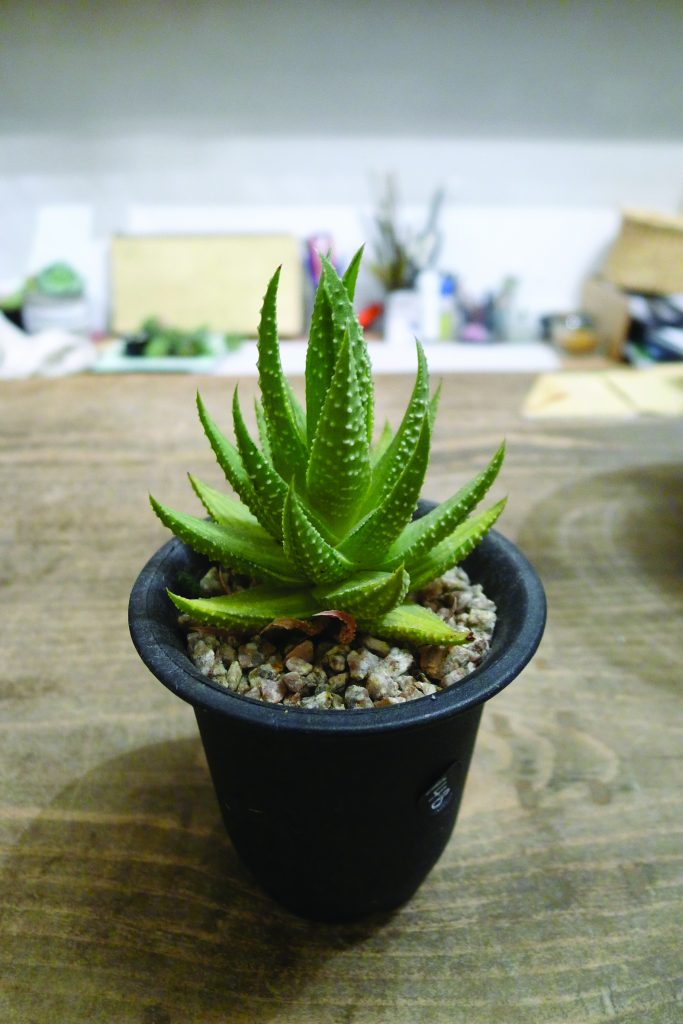
Aloe vera needs long periods of time in bright sunlight, and they can grow rapidly into fat fleshy plants under the right conditions. Good at withstanding drought, this sun-loving succulent flourishes in outdoor areas and requires minimal effort. Best of all, you can harvest its gel to make homemade face masks, hair care or skin relief.
Cactus thrives in the mild winter climate of Hong Kong, and a few of these prickly plants are a fun way to add some desert chic to a balcony or rooftop. Although cactus famously tolerates droughts well, it will succumb to too much moisture. Use a good drainage soil to prevent it from retaining too much moisture, and consider moving indoors when the heavy rains of summer hit.
Best Plants For People Who Kill Everything
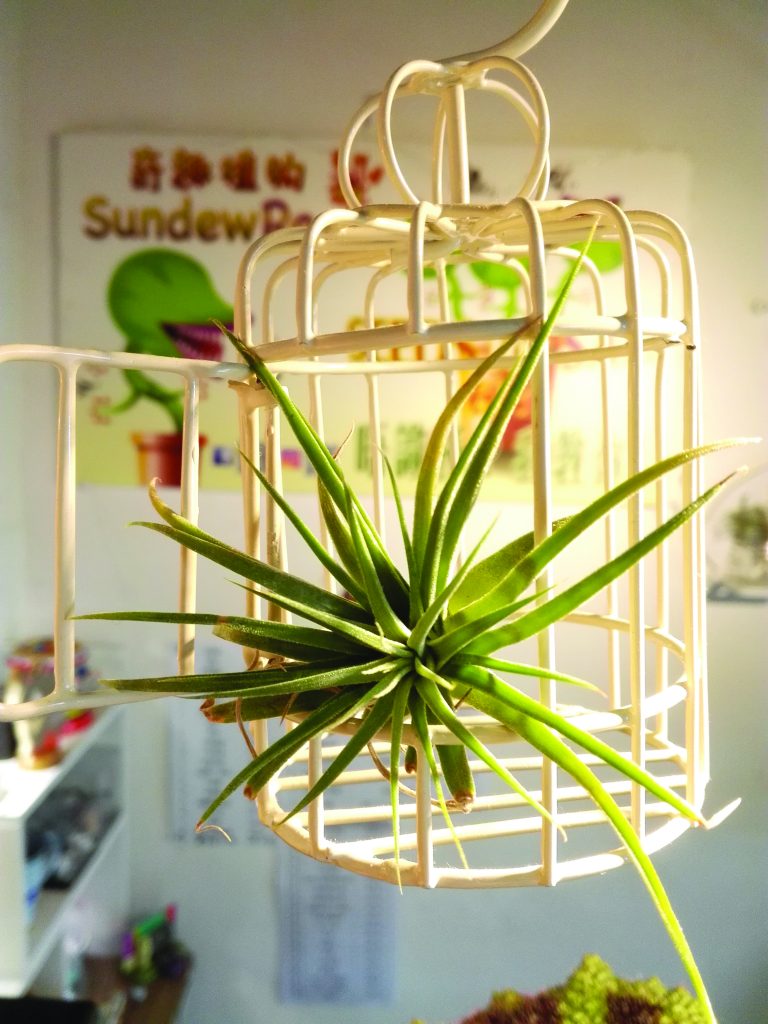
Tillandsia is the ultimate low-maintenance plant. No potting soil or water are needed as trichomes on their leaves help absorb water and nutrients directly from the air – how cool is that! Their watering routine couldn’t be simpler – simply soak in water every month or two, depending on the humidity level of your home. Pro tip: they need some indirect sunlight, but won’t tolerate overexposure – so don’t be afraid to get shady.
Don’t let the name scare you – snake plant, or sansevieria trifasciata, does the most while needing the least from you. It tolerates low light, minimal watering and long periods of neglect. Just avoid overwatering and this plant is hard to kill. Best of all, snake plants work overtime; while most plants absorb oxygen at night, they actually release it, purifying the air in your home while you sleep.
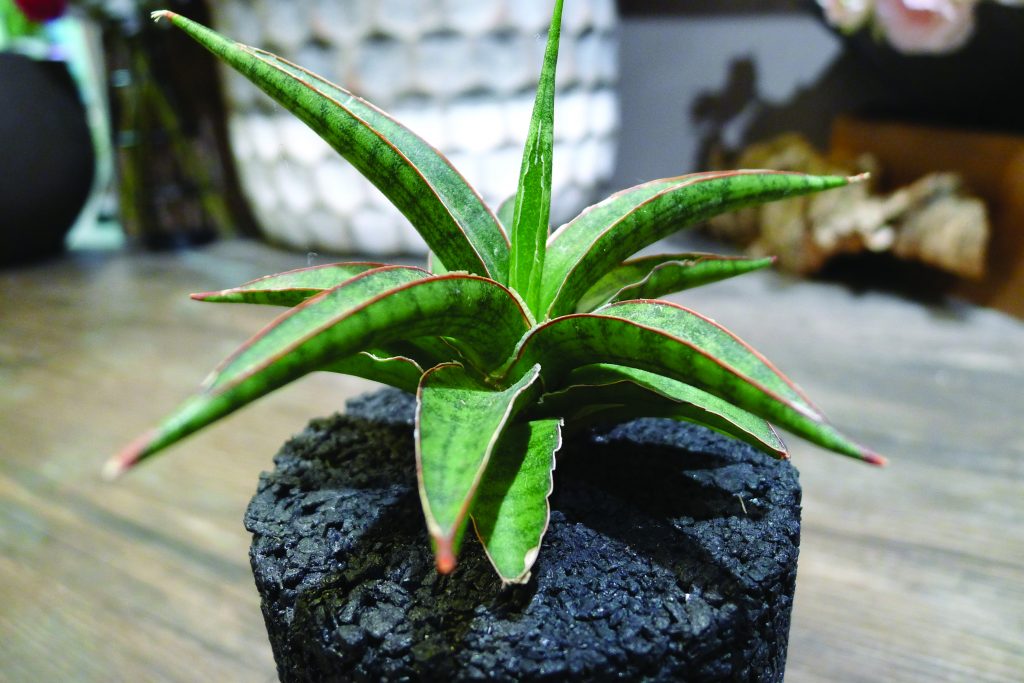
Hedera Helix, otherwise known as English ivy, can adapt to a wide range of lighting conditions, including artificial light. Easy to maintain and great for classing up any space, this creeping plant loves the relatively humid atmosphere in Hong Kong. Avoid leaving in spaces with exposure to full sunlight, as excessive heat may kill or harm them; they thrive best in shady areas with dappled sunlight.
Best Plants For Starting a Conversation
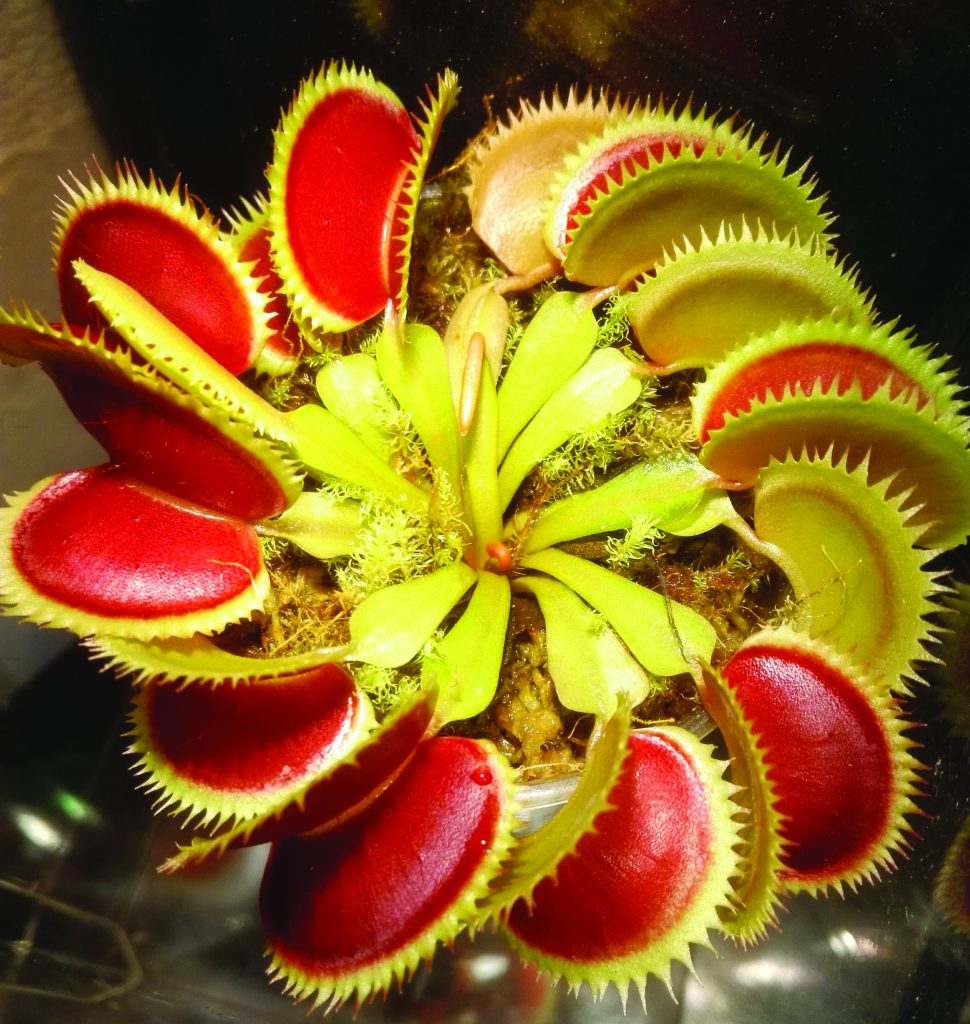
Carnivorous plants such as Venus flytrap and butterworts aren’t just statement pieces in your living room, they’re also great at reducing pesky insects. They’re surprisingly simple to care for. Just place them somewhere where they’ll get about five hours of sunlight a day and water them with distilled water instead of tap water. They don’t need any fertilizer.
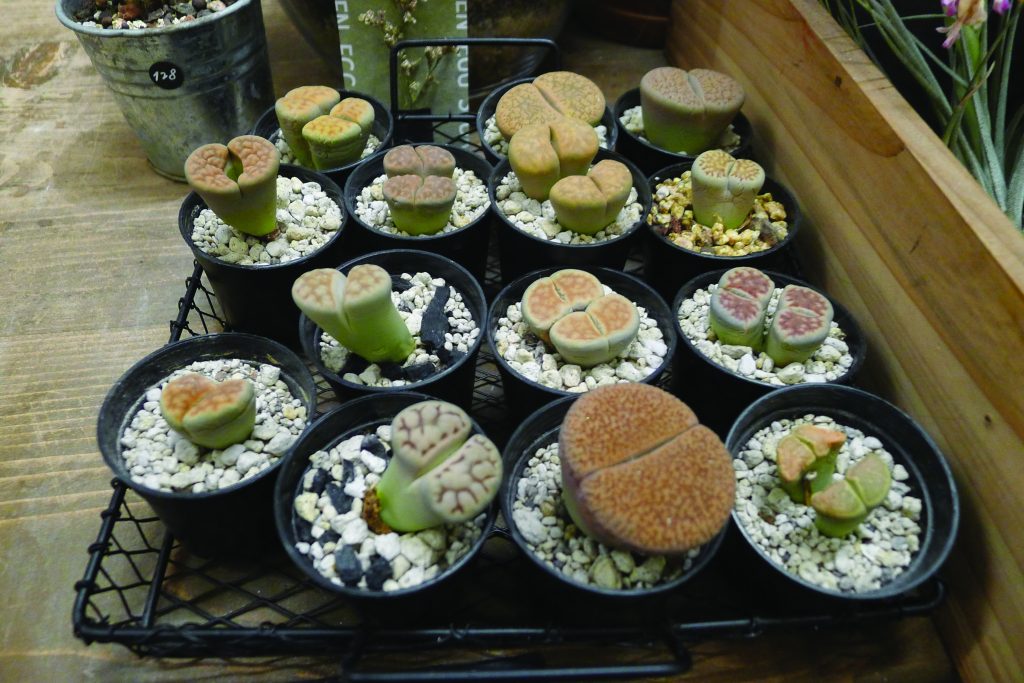
Lithops are tiny, rock-sized succulents with an extremely unusual appearance. With a cleaved shape, it’s often likened to a human brain or, ahem, derriere, earning it the unfortunate nickname “butt plant.” They make an ideal low-maintenance plant as they require little watering, especially during the winter. Bonus: after three to five years, they flower!
Pachypodium brevicaule resembles a flowering mound of ginger, and is a favourite among rare and unique plant collectors for their distinctive appearance. Native to Madagascar, this one needs a lot of sunlight but not a lot of water; use well-drained soil to keep it healthy.
Want more about nature? Check out Forest Bathing in Hong Kong.

